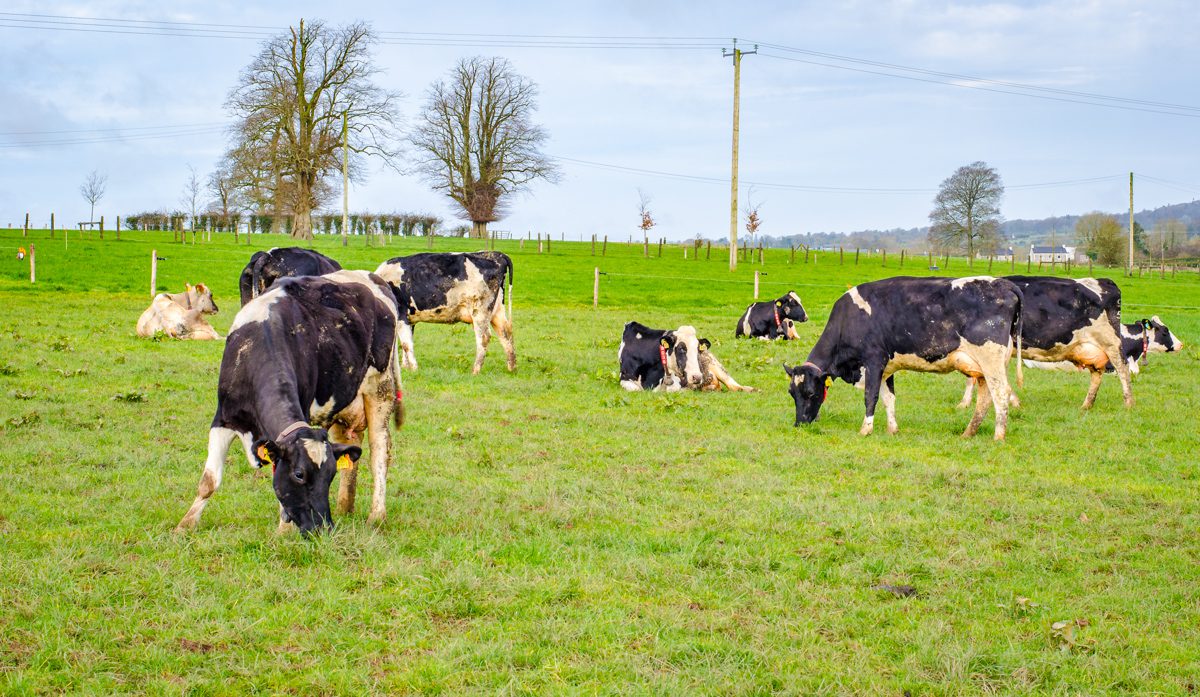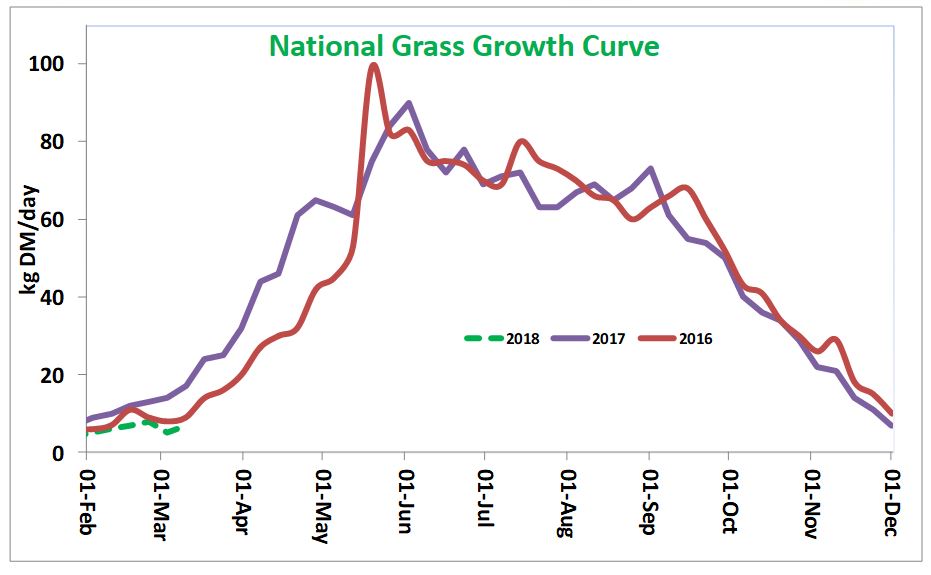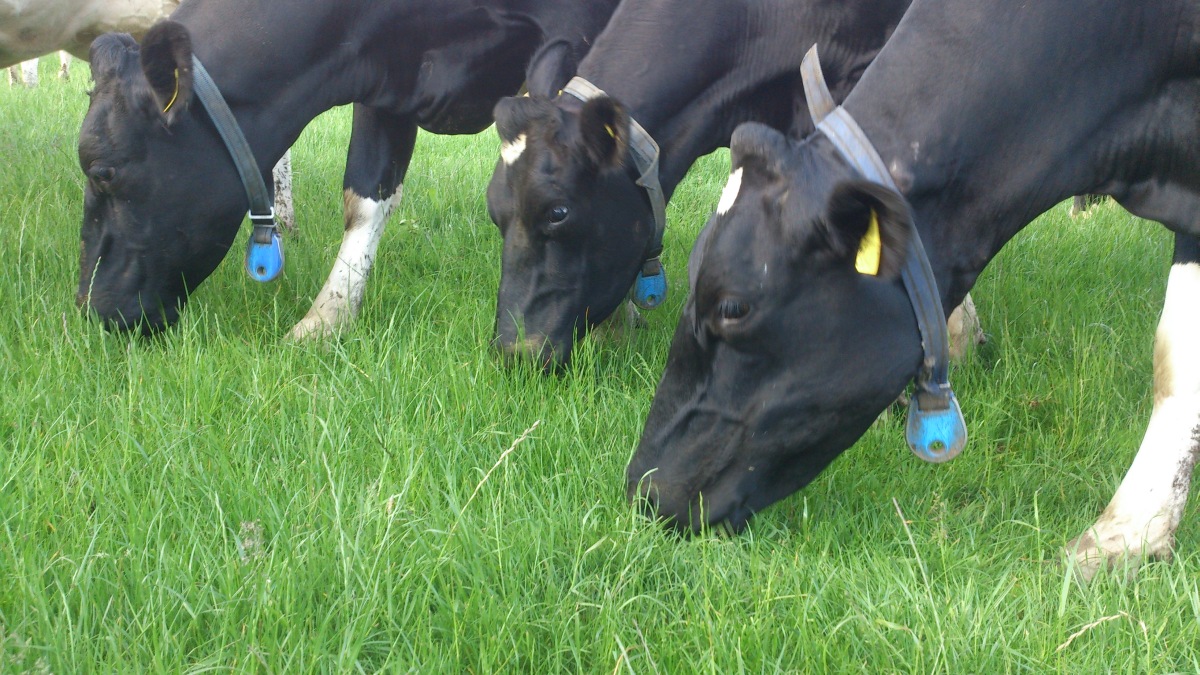The inclement weather of late is having an adverse effect on grazing conditions on many farms, according to Teagasc’s Micheal O’Leary.
The PastureBase Ireland administrator said: “Grass growth rates are sitting at 7-8kg/ha/day – down from 18-20kg/ha/day during the corresponding period in 2017.
“By this stage last year, Teagasc’s Curtins Farm had grown 666kg/ha; this has dropped to just 378kg/ha this year – a reduction of 43%.
“It’s a countrywide issue and silage stocks are beginning to run low on many farms, as stock were housed early and still haven’t been turned out to grass in many parts.
“Many dairy farmers would usually have 50-60% of the platform grazed by now, but heavy rain and snow has disrupted grazing in many locations.
“Where farmers are getting out to grass, they’re only doing so for a few hours in the morning and are being forced to house cows on 4kg of concentrates and silage at night.
“When cows are only getting out to grass for a few hours in the morning, they’ll only consume about 6-7kg of grass dry matter. Therefore, it’s critical to hold all cows in the collecting yard after milking before turning them out as one bunch,” he said.
The importance of a feed budget
For farmers that have grazed 50-60% of the platform, Micheal stressed that it’s important for them to complete a feed budget and to maintain an AFC of 550kg/ha.
“Farmers really need to prepare a feed budget. Within this, they need to drop the potential growth rate by 50%, while also aiming to maintain an AFC of 550kg/ha.
It’s important to remember that many cows are approaching peak yield and their intake capacity is growing. This also needs to be adjusted for in the budget.
“Cows will generally consume 10kg/day after calving; this jumps by 1kg/week for each of the four weeks after calving. After week four, the cow’s intake will climb by 0.5kg/day up to a maximum of 16-17kg/day.
“If PastureBase users need help completing this budget, we’re happy to help and they can contact us at: [email protected].”
Getting cows out to grass and grazing conditions
Micheal said soil temperatures are resting at 7-8°. Although this is ideal for urea applications, he said, many paddocks remain extremely wet and are proving difficult to both travel and graze.
According to Met Eireann, parts of the country received over 300% of normal rainfall amounts during the week ending March 14. Johnstown Castle and Oak Park were worst affected – receiving 311% (55.8mm) and 367% (52.6mm) respectively of normal amounts.
Despite conditions remaining difficult, Micheal encouraged farmers to walk their farms to see if it’s possible to get out to grass.
If it’s possible, he said: “Aim to graze the lower covers on-farm first. This will get more acreage grazed faster.”
He also spoke about on-off grazing, adding: “On-off grazing is a very simple tool that takes advantage of the cow’s natural ability to graze. In difficult conditions, it allows cows to get out to grass for some proportion of the day to consume as much grass as possible.
“Two bouts of three-hour grazings after morning and evening milking, as long as adequate grass is provided, can eliminate the need to supplement cows with silage if it’s necessary to house them,” he explained.



